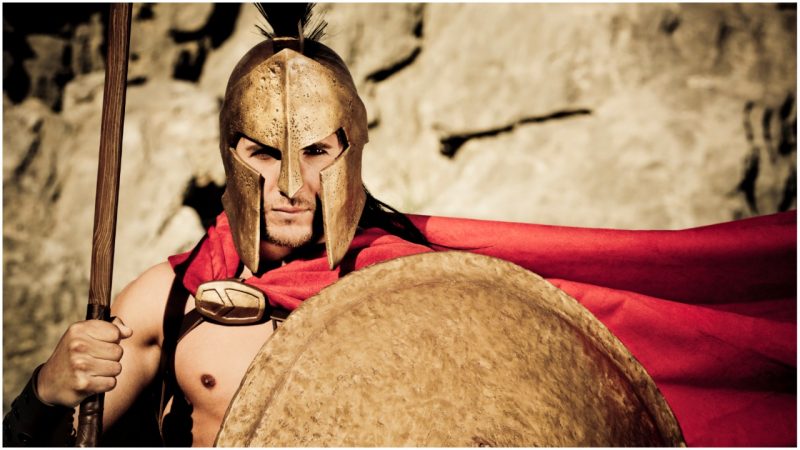As any great army that celebrated big victories, the Spartans witnessed some terrible debacles on the battlefield, too.
At the battle of Tegyra that played out in 375 B.C., between Sparta and their Greek city-state rival Thebes, the Spartan troops numbering at least a thousand men were reportedly battered by a small troop of merely 300 men, known as the Sacred Band of Thebes.
The clash unfolded near a shrine of Apollo in the region, where the Sacred Band was led by its then-leader Pelopidas. The thinly numbered men were surprisingly met by the much larger Spartan unit, and at first, the situation looked desperate.
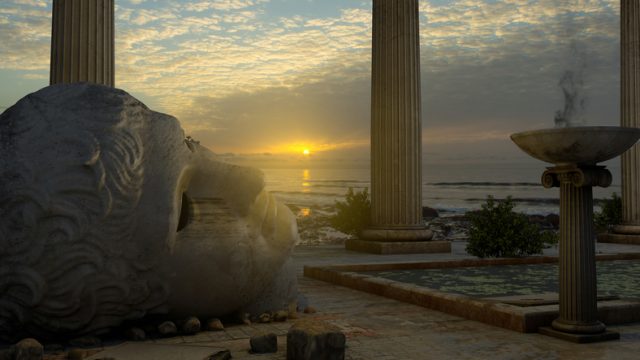
However, Pelopidas ordered his cavalrymen to hit an enemy’s exposed flank and grouped his hoplites into a tightly packed unit formation.
Bravely fighting, the Sacred Band seemed invincible. They broke the Spartan line, killing their leader rather quickly.

Vulnerable and without guidance, the Spartans held back to allow the much smaller Theban force to leave intact.
But instead of escaping the battlefield, Pelopidas engaged his men in another attack, and in a single swift move, another hoard of enemy soldiers were taken down.
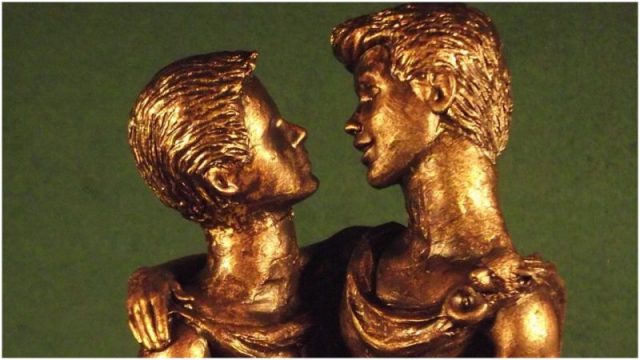
It was a glorious victory, and Pelopidas hired the Sacred Band for any military campaign that followed. But who were these brave-fighting people? According to ancient sources and various historians, all of them were homosexual lovers, 150 exceptionally well-trained pairs of them.
The establishment of this extraordinary force is credited to Gorgidas, a chief officer of Boeotia, in 376 B.C., about the same time the Spartans were banished from Thebes.
The Greek biographer Plutarch suggests that Gorgidas himself personally selected the Band’s couples, each consisting of erastês (the older of the pair, or the “lover”) and erômenos (the younger of the pair, or the “beloved”).
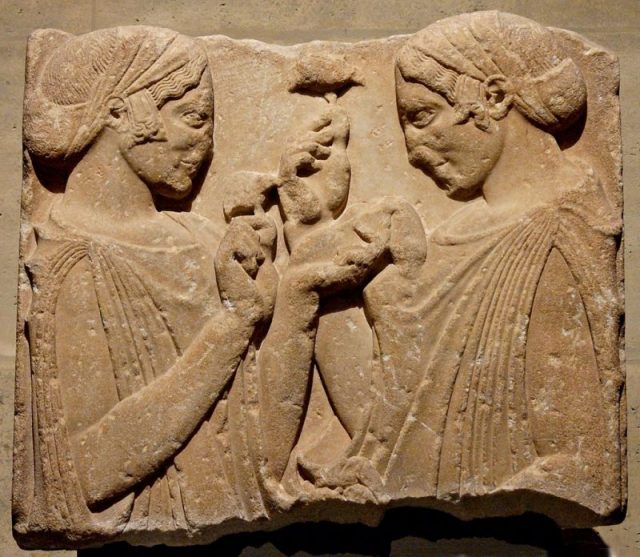
The age difference between the erastês and erômenos within this unit would have not been hugely significant. All men needed to turn at least 20 before admission, and upon accepting them, it was the duty of their “lover” to gift them their armor and equipment.
Each one of them was a skilled wrestler, dancer, and horseback rider, and selected on their ability to fight.
Initially, the men were assigned to defend the citadel of Thebes where they also resided.
Their accommodation was paid for by the local people, and as a result, they were sometimes referred to as the “City Band.”
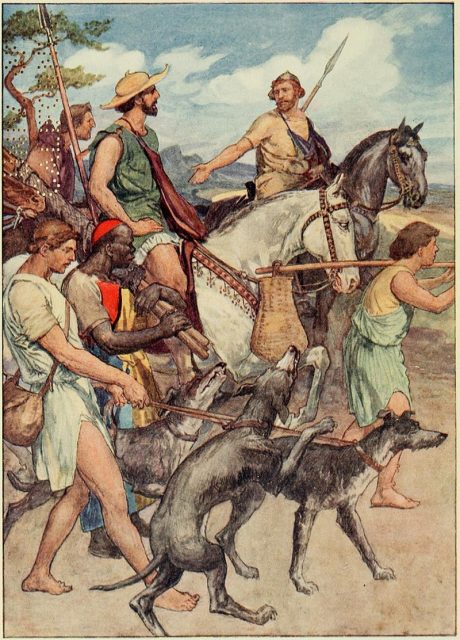
When Pelopidas took control of the Band, he reformed the faction of 300 into an elite fighting unit. In battles, they were specifically instructed to slaughter the enemy’s finest of fighters, as was the case when the group faced the Spartans.
Among historians, however, one of the most hotly debated questions is whether these men were really all homosexuals. Same sex relationships were considered morally acceptable in the times of ancient Greece and accounts testifying to this are numerous.
But the profound connection between two males may well have been specifically perceived as battlefield-ready exclusively in the military circles of Thebes.
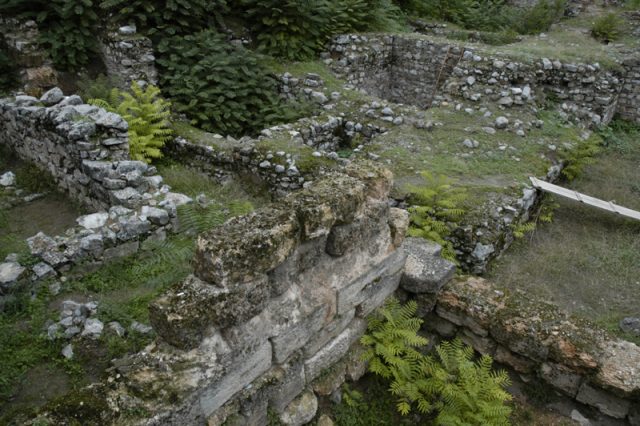
Plutarch’s Life of Pelopidas reads: “…a band cemented by friendship grounded upon love is never to be broken, and invincible; since the lovers, ashamed to be weak in the sight of their beloved, and the beloved before their lovers, willingly rush into danger for the relief of one another.”
The ‘army of lovers’ is also commended in Plato’s Symposium: “If there were only some way of contriving that a state or an army should be made up of lovers and their loves, they would be the very best governors of their own city, abstaining from all dishonor, and emulating one another in honor; and when fighting at each other’s side, although a mere handful, they would overcome the world.”
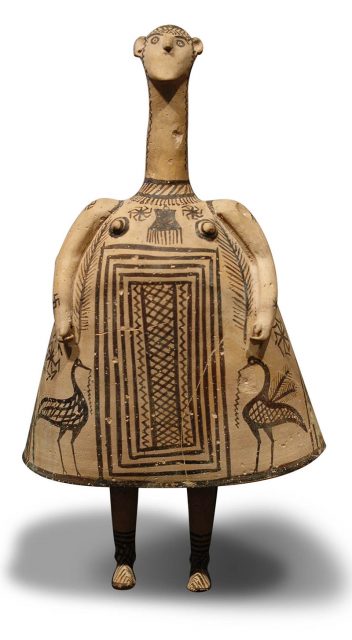
In 371 B.C., another significant victory against Sparta was written in the pages of history, and the Sacred Band were again part of it. By this time, Sparta was officially at war with Thebes.
The clash of the warring city-states came near the village of Leuctra that year, hence how the name of the battle was conceived.
The Thebans entered the battle with little over 8,000 men, among them the ‘army of lovers.’ Some 12,000 men stood on the Spartan side.
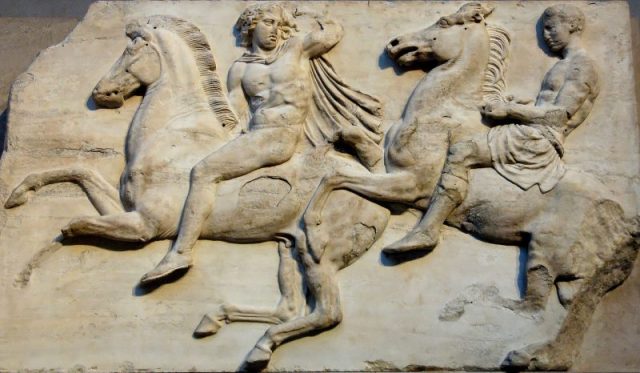
The Spartans approached the battlefield in a familiar formation, boosting a powerful right wing, and the Thebans grouped themselves accordingly. Most of their men were positioned on the left wing of the phalanx, and ‘the Lovers’ were at the very front.
The two armies first clashed with their horsemen, and the Theban side proved to have greater merit.
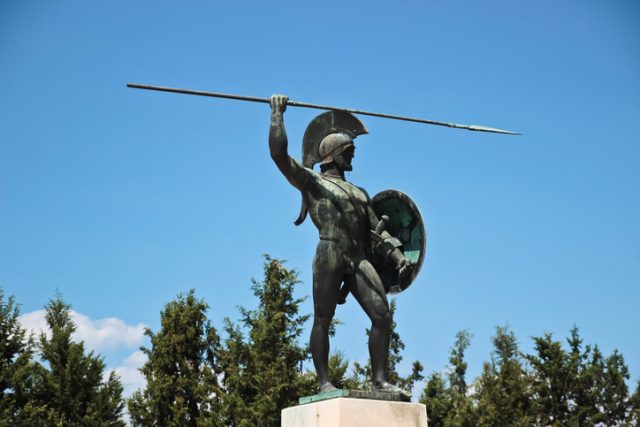
They sent the Spartan cavalry in retreat, and the galloping horses left the scene foggy with dust. The Thebans used the opportunity to rush against the Spartans, and the Sacred Band quickly detached to hunt for the enemy’s best men.
Again the Spartans were facing a bitter defeat. Among the thousands who were killed in the assault was the Spartan king, Cleombrotus I. The Battle of Leuctra helped Thebes reassure its independence, sealed the fame of its homosexual faction, and marked the end of Sparta’s dominion of ancient Greece.
https://www.youtube.com/watch?v=1ZDuFpWswo8
The demise of the Sacred Band came years later, at the hands of a new rivalry on the peninsula, one led by Philip II and his son Alexander the Great.
The entire band of lovers perished at the battle of Chaeronea, in 338 B.C. Their remains and an ancient monument built in their memory was discovered in an archaeological dig back in the 19th century.
